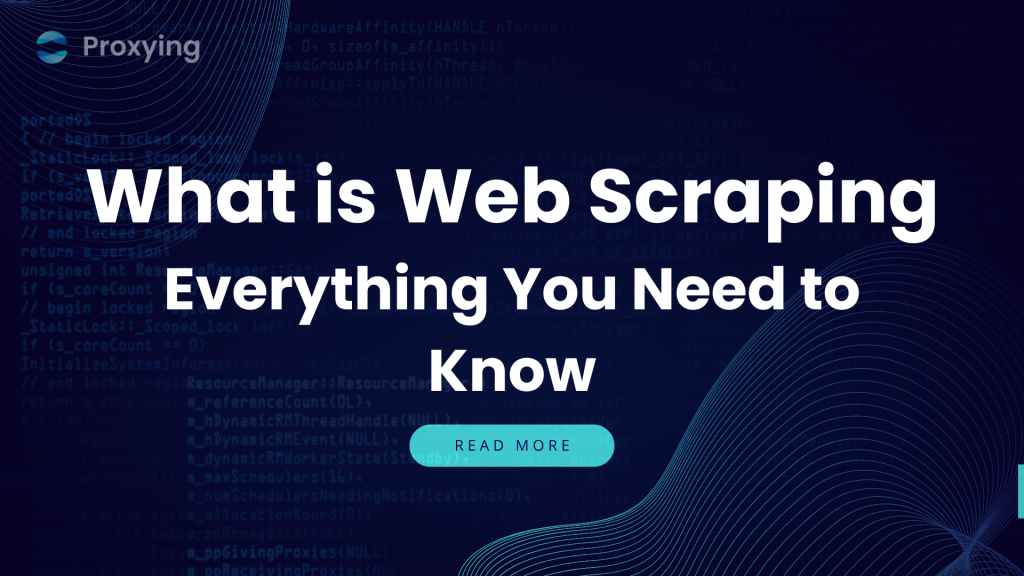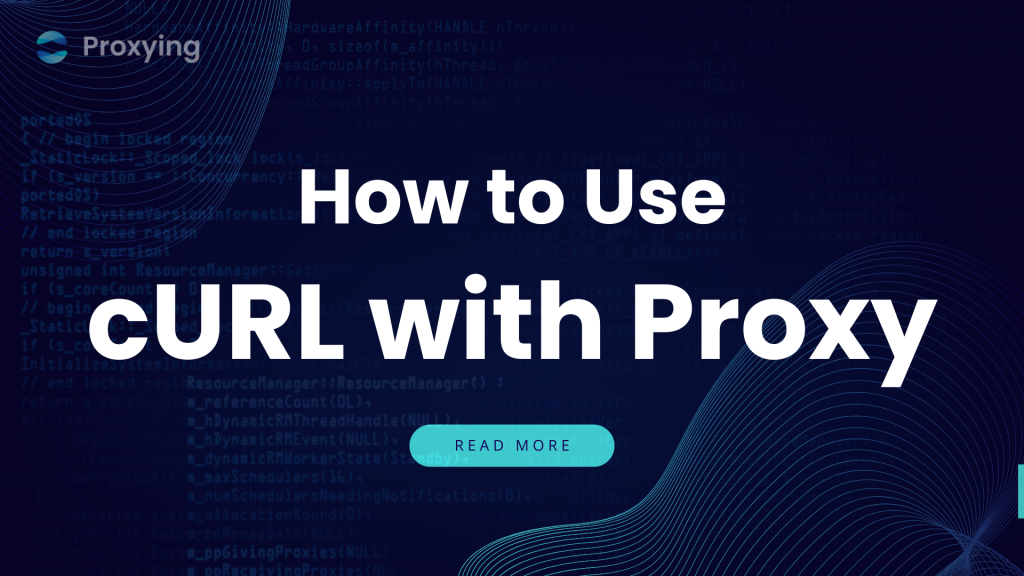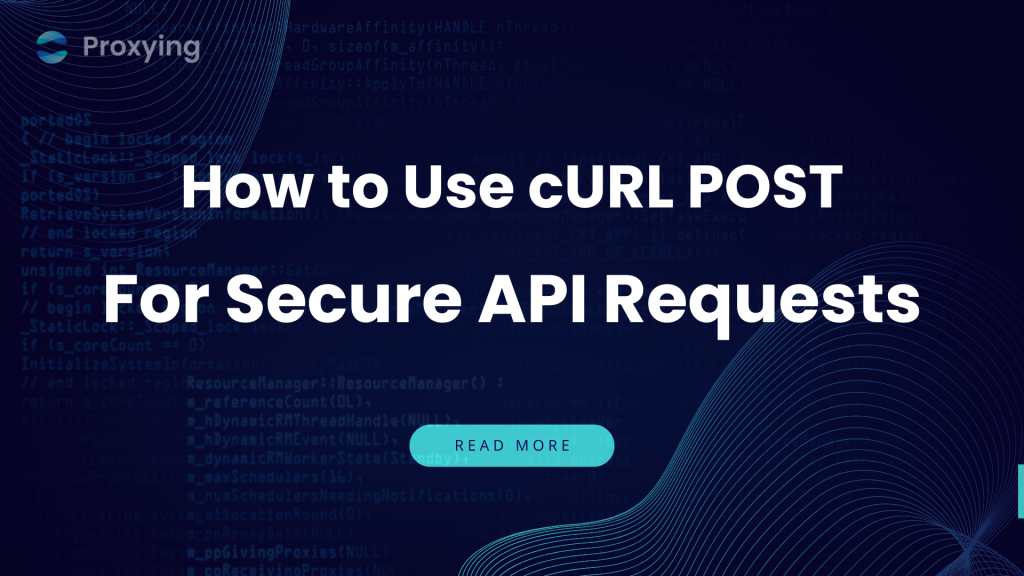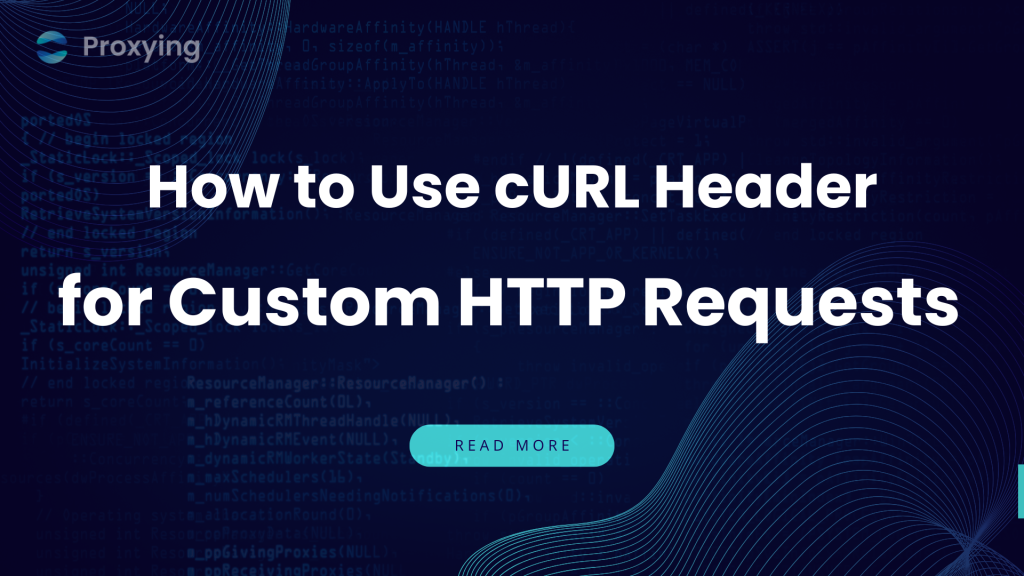Countless businesses rely on data, and the internet is filled with it. What if there were a way to “harvest” that data quickly and automatically?
Yes, there is – web scraping.
What is Web Scraping?
Web scraping is the automated process of collecting data from websites. The information you scrape could be
- Text
- Images
- Videos
or pretty much anything displayed on a website.
Instead of copying content by hand, you use a tool or script to do it for you. It’s faster and more scalable.
Basically, it helps you gather data from a website, much like scraping grease off a frying pan.
This blog will walk you through what web scraping is, how it works, and how you can use it for your goals.
Is Web Scraping Legal
Firstly, let’s address this burning question.
Web scraping is legal, but with conditions. It really depends on what website you’re scraping. If the information is already visible to anyone on the internet, scraping it is generally not illegal.

However, there are rules. Web scraping becomes illegal when:
- You’re accessing non-public data (like behind login walls or paywalls).
- You’re violating a website’s terms of service.
- You’re scraping in a way that causes harm to the site’s performance (like sending too many requests and crashing their servers).
For example, scraping contact details from a public company directory is usually fine. But scraping personal information from a private account? That’s a clear no-go.
Also, legal cases around web scraping have increased in recent years. Courts are still figuring out the grey areas, especially when it comes to privacy and data ownership.
It’s a good practice to go through a website’s Terms of Service before you let your scraping bot loose!
How Web Scraping Works
Now we have the legal stuff out of the way, let’s see how web scraping works.
Web scraping starts with a goal.
Maybe you want product prices.
Maybe you want to mass apply for jobs.
Or maybe you want to save all the cute cat pictures from r/aww.
Here’s how it works:
First, the scraper visits the web page just like you would on a browser. It goes through the HTML behind the page.
Then, it finds the data you need using patterns like tags or classes (Tags and classes are the labels used in code to format a webpage). For example, if every price is inside <span class=”price”>, the scraper pulls that out.
Finally, it saves everything in a (relatively) structured format like CSV, Excel, or JSON. Now you can use that data however you want.

Many tools also use web crawlers. These crawl multiple pages by following links. It’s how you can scrape an entire website, not just one page.
Some pages load data with JavaScript. In those cases, advanced scrapers use headless browsers to capture that content too.
In short, scraping mimics how you browse, but way faster and with zero manual effort.
What Kind of Web Scrapers Are There?
Not all web scrapers are created equal. Depending on your project, budget, and technical skills, you might choose one type over another.
Let’s break them down into 3 major categories so you can pick what suits you best.
1. Self-Built vs Pre-Built Scrapers
Self-Built Scrapers
If you know how to code, you can build your own scraper using languages like Python (with libraries like BeautifulSoup or Scrapy). This gives you full control over what to scrape, how often, where to export it, etc.
But there’s a catch: you need technical skills.
And the more complex the task (like handling CAPTCHAs or JavaScript), the more effort it takes to build.
Pre-Built Scrapers
Don’t want to code? No problem.
Pre-built tools are ready-to-use scrapers that come with user interfaces, export options, and even scheduling. Many of them offer advanced features like API integration or real-time alerts. They’re perfect for beginners or businesses that want results fast.

2. Browser Extension vs Software
Browser Extensions
These are mini web scrapers that live inside your browser. They’re super convenient and easy to use: just click and scrape.
But they’re limited. Since they run inside the browser, they can’t handle things like IP rotation or headless browsing. You’re much more likely to run into issues compared to actual scraping software.
Standalone Software
Installed on your PC or server, these scrapers are very powerful. They can scrape hundreds or thousands of pages, schedule tasks, rotate IPs, and handle complex sites.
If you’re scraping at scale or running a business, this is usually the better choice.
3. Local vs. Cloud-based Scrapers
One of the biggest differences between web scrapers is where they run, and that has a huge impact on performance and reliability.
Local Scrapers
These run directly on your computer. That means they rely on your system’s CPU, RAM, and internet connection. If you’re scraping a lot of data or running long tasks, it can slow down your internet or affect other tasks running on your device. Plus, if your connection goes down or your computer shuts off, the entire scraping job stops.

Cloud-based Scrapers
Cloud-based scrapers solve that problem. They run on external servers that are designed to handle resource-intensive jobs 24/7. Since they don’t use your computer’s power or internet, you can scrape thousands of pages without even lifting a finger.
What Are Web Scrapers Used For?
By now, you’ve probably guessed: if it’s online, someone’s scraping it.
But web scraping isn’t just for tech geeks pulling data for fun. It’s the silent engine behind countless industries, tools, and decisions you see every day.
Let’s look at some of the most common (and interesting) use cases:
1. Fueling Business Intelligence
Behind every smart business decision is good data. Lots of it. Web scrapers are often used to collect:
- Market trends
- Competitor pricing
- Customer reviews
- Financial stats
Think about price comparison sites. Ever wonder how they magically show you the cheapest deal on the internet? Scraping.

Or financial dashboards pulling live stock data? Also scraping.
Whether it’s a real estate firm syncing MLS listings or a hedge fund tracking oil prices across regions, scraping helps businesses stay informed and updated.
2. Supercharging Sales & Lead Generation
This one’s huge. Companies use scrapers to dig up potential clients.
Want a list of coffee shops in London with their phone numbers? Scrape a business directory.
Need the email addresses of Shopify stores selling candles? Scrape their contact pages.
It’s no surprise that entire lead-gen agencies are built on scraping. The key is doing it ethically and legally, targeting publicly available data only.

3. E-Commerce & Competitive Monitoring
Online sellers constantly scrape e-commerce giants like Amazon, eBay, and Walmart to keep tabs on:
- Competitor prices
- Product availability
- Customer ratings
With this intel, they can adjust their own pricing in real-time or even spot trending products early. Many resellers build product databases by scraping item details and images from suppliers’ sites. No more copy-pasting for hours.
4. Sports, Fantasy Leagues & Betting
Sports lovers and fantasy team players live for stats. And scrapers feed them live.
Every time your fantasy football app updates player rankings, or betting sites update odds? There’s probably a scraper working behind the scenes, collecting scores, player performance, and injury reports.
The Best Web Scraper: How to Choose One
By now, you’re probably thinking,
“Okay, web scraping sounds powerful. But which tool should I actually use?”
The answer? It depends.
There’s no “one-size-fits-all” scraper. The best one for you will depend on:
- What kind of data you need
- How often you need it
- Your technical skill level
- Your budget
- Whether you need scale, speed, or simplicity
Let’s walk through a few common scenarios:
If you’re a beginner who just wants to scrape a few pages:
Go for a browser extension like Webscraper.io or Data Miner. These are free, easy to use, and perfect for quick projects.
No coding. Just click what you want, and download your data.
If you want full control and know how to code:
Build your own scraper using Python with libraries like:
- BeautifulSoup (great for static sites)
- Scrapy (powerful and scalable)
- Selenium (for sites with heavy JavaScript)
This gives you total flexibility but requires technical skills, time, setup, and debugging. Make sure you use a proxy to avoid getting your IP blacklisted!
If you’re scraping large datasets or running recurring jobs:
Use a cloud-based scraper like Apify, ParseHub (cloud plan), or Octoparse.
These tools handle scheduling, proxies, CAPTCHAs, and long-running tasks, all in the background. You can run scrapers 24/7 without touching your computer.




